Salesforce is a cloud-based CRM that helps businesses manage customer relationships, sales, and marketing. It boosts efficiency, tracks interactions, and enhances customer satisfaction.
Top companies trust Airbyte to centralize their Data








This includes selecting the data you want to extract - streams and columns -, the sync frequency, where in the destination you want that data to be loaded.



This includes selecting the data you want to extract - streams and columns -, the sync frequency, where in the destination you want that data to be loaded.
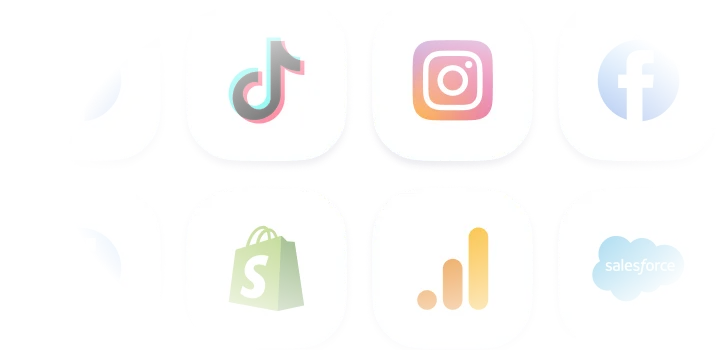
Set up a source connector to extract data from in Airbyte
Choose from one of 400 sources where you want to import data from. This can be any API tool, cloud data warehouse, database, data lake, files, among other source types. You can even build your own source connector in minutes with our no-code no-code connector builder.

Configure the connection in Airbyte
The Airbyte Open Data Movement Platform
The only open solution empowering data teams to meet growing business demands in the new AI era.
Leverage the largest catalog of connectors
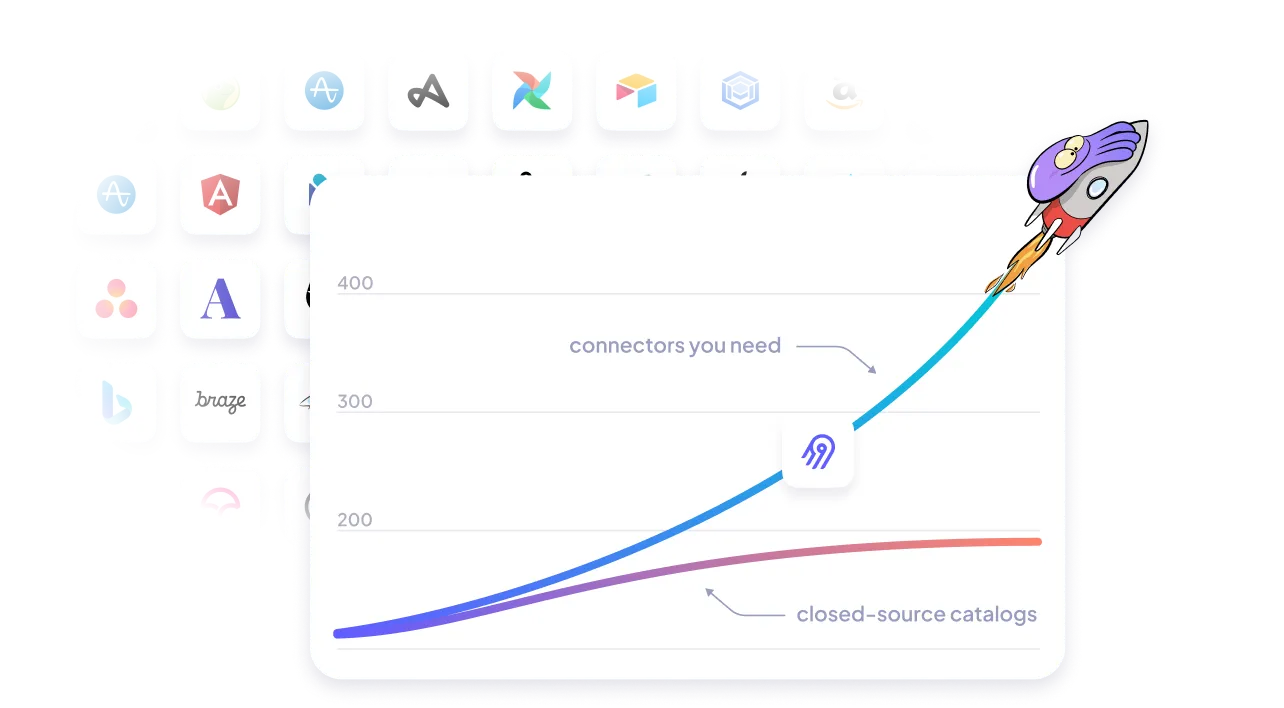
Cover your custom needs with our extensibility
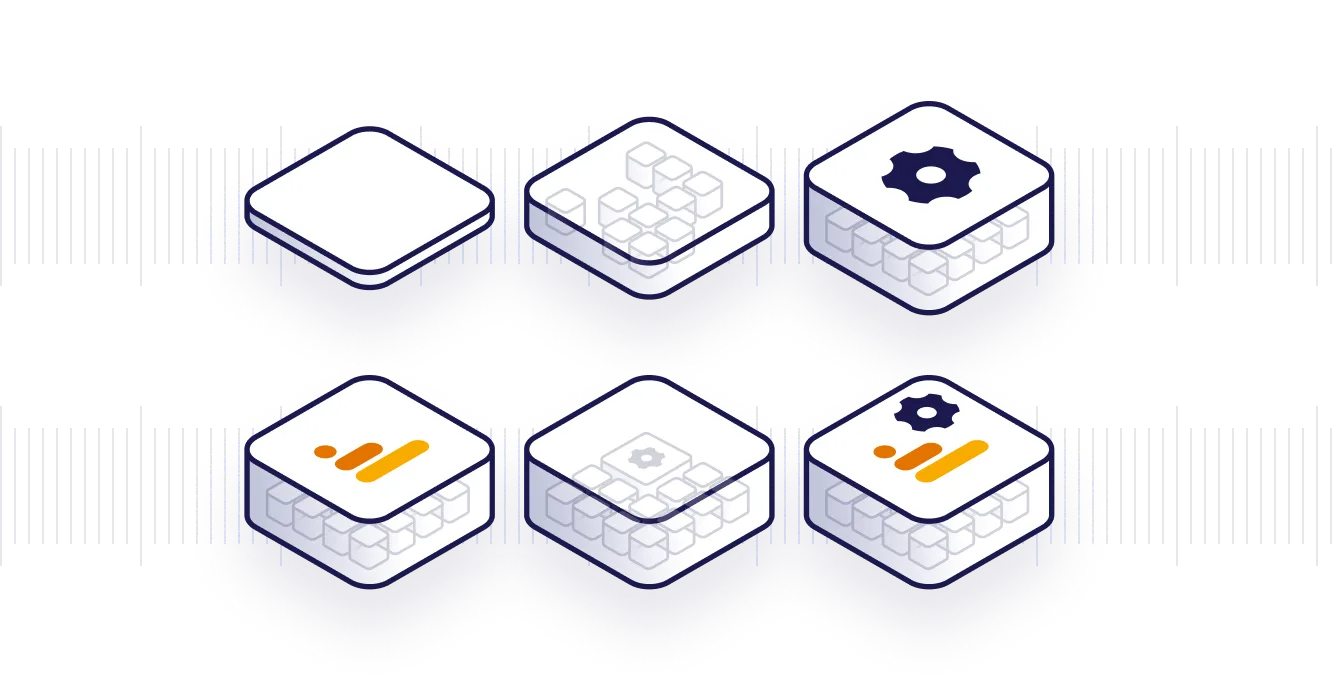
Free your time from maintaining connectors, with automation
- Automated schema change handling, data normalization and more
- Automated data transformation orchestration with our dbt integration
- Automated workflow with our Airflow, Dagster and Prefect integration
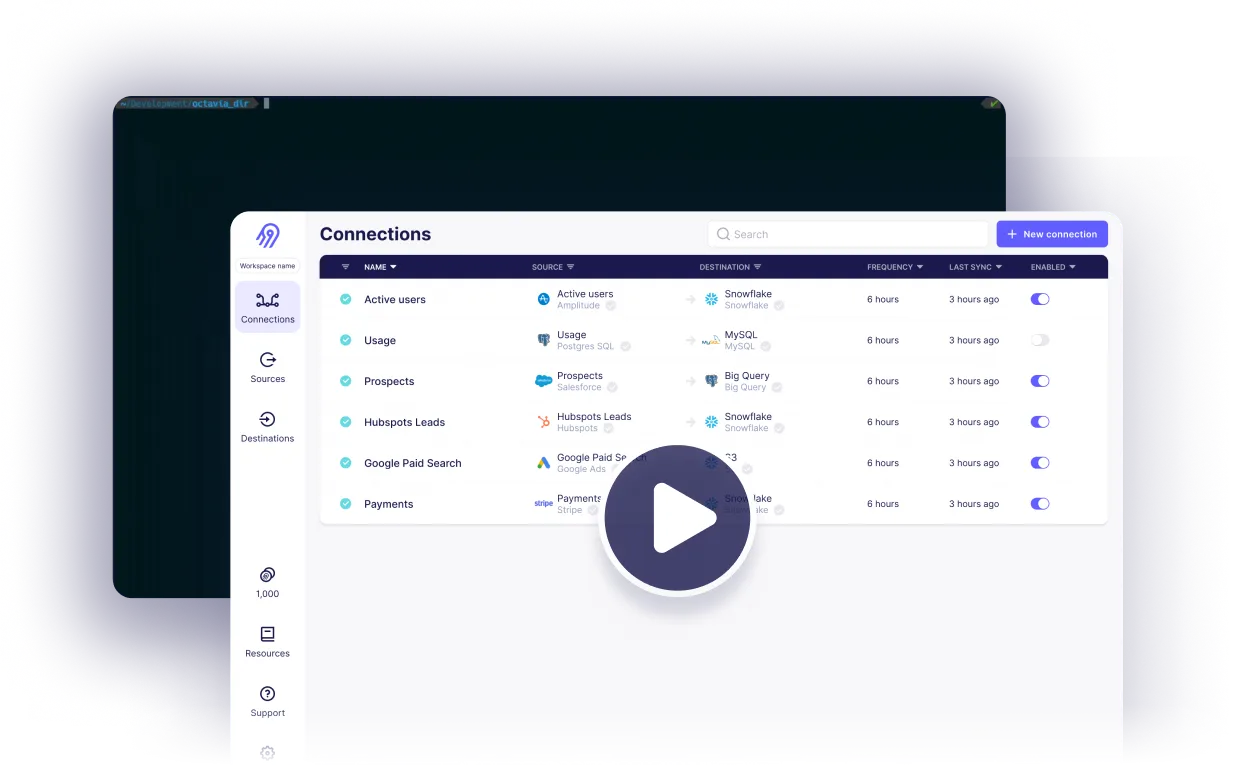
Reliability at every level
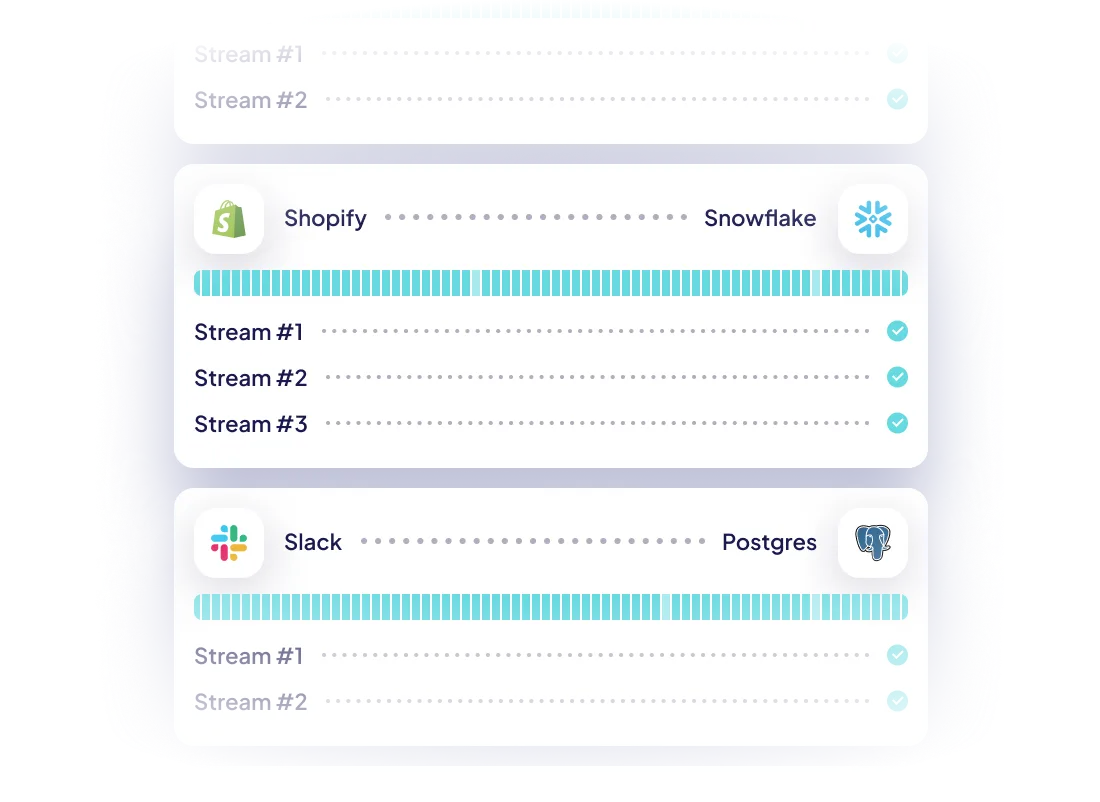


Ship more quickly with the only solution that fits ALL your needs.
As your tools and edge cases grow, you deserve an extensible and open ELT solution that eliminates the time you spend on building and maintaining data pipelines
Leverage the largest catalog of connectors

Cover your custom needs with our extensibility

Free your time from maintaining connectors, with automation
- Automated schema change handling, data normalization and more
- Automated data transformation orchestration with our dbt integration
- Automated workflow with our Airflow, Dagster and Prefect integration

Reliability at every level



Ship more quickly with the only solution that fits ALL your needs.
As your tools and edge cases grow, you deserve an extensible and open ELT solution that eliminates the time you spend on building and maintaining data pipelines
Leverage the largest catalog of connectors

Cover your custom needs with our extensibility

Free your time from maintaining connectors, with automation
- Automated schema change handling, data normalization and more
- Automated data transformation orchestration with our dbt integration
- Automated workflow with our Airflow, Dagster and Prefect integration

Reliability at every level



Move large volumes, fast.
Change Data Capture.
Security from source to destination.

We support the CDC methods your company needs
Log-based CDC



Timestamp-based CDC


Airbyte Open Source


Airbyte Cloud


Airbyte Enterprise

Why choose Airbyte as the backbone of your data infrastructure?
Keep your data engineering costs in check
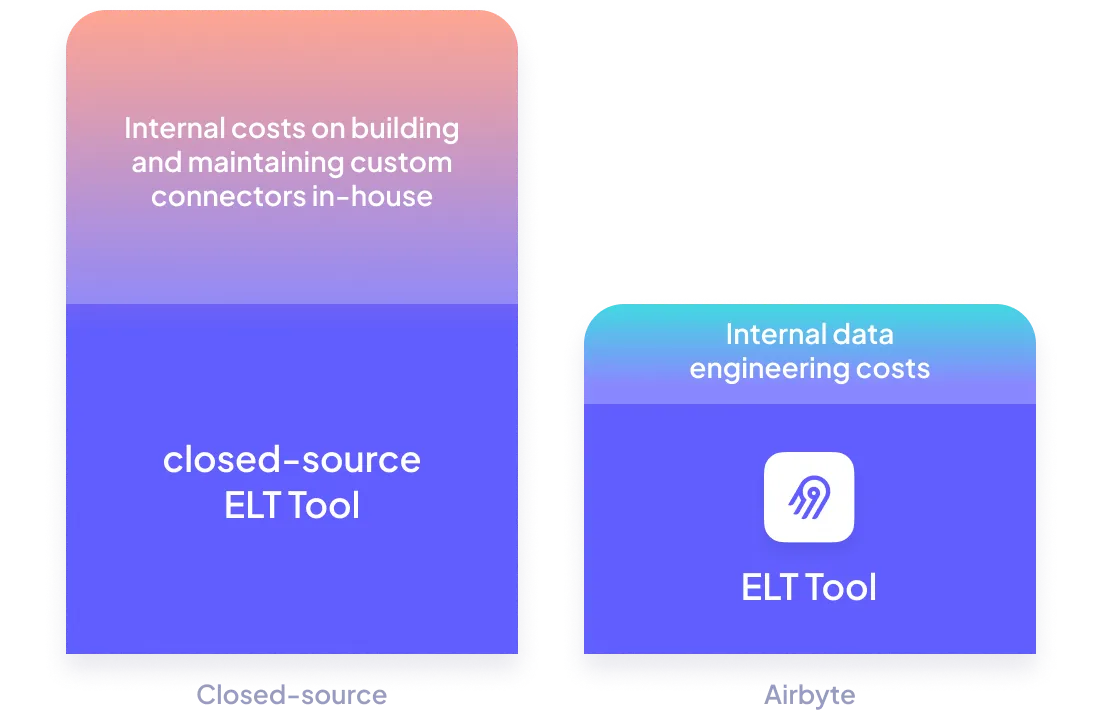
Get Airbyte hosted where you need it to be
- Airbyte Cloud: Have it hosted by us, with all the security you need (SOC2, ISO, GDPR, HIPAA Conduit).
- Airbyte Enterprise: Have it hosted within your own infrastructure, so your data and secrets never leave it.
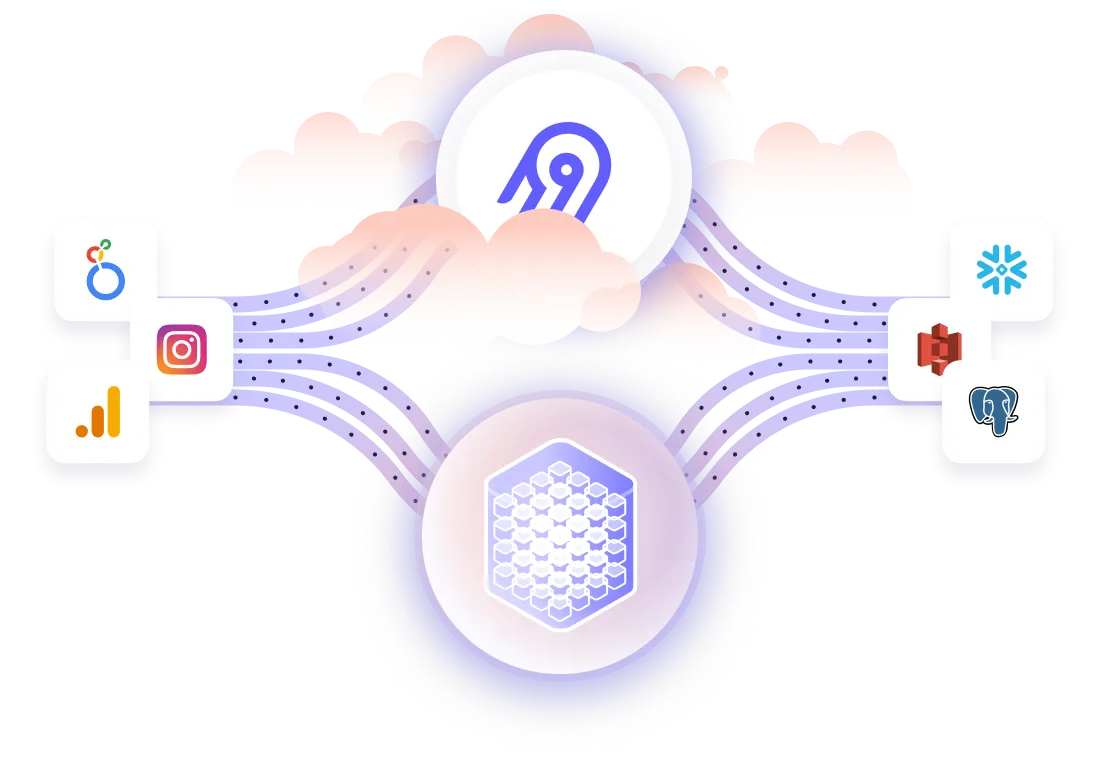
White-glove enterprise-level support
Including for your Airbyte Open Source instance with our premium support.
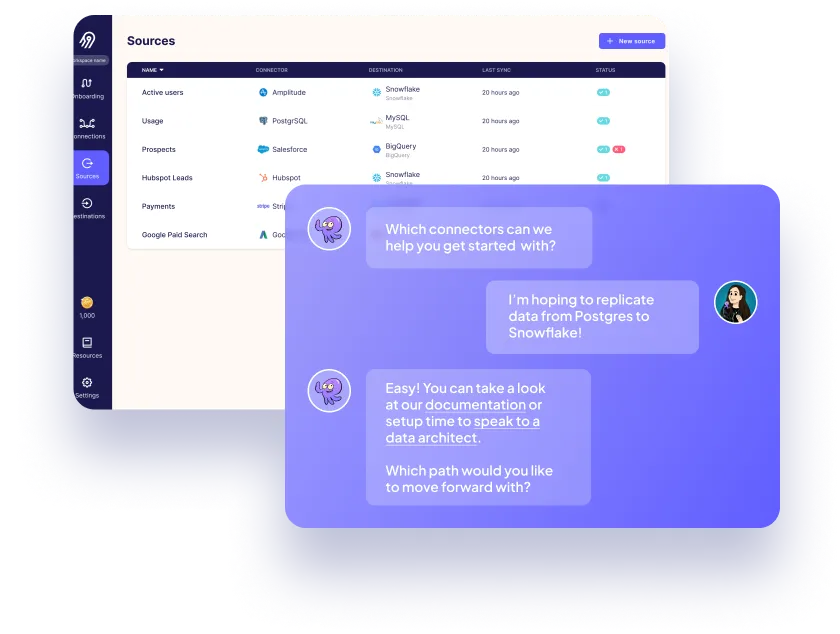
Airbyte supports a growing list of destinations, including cloud data warehouses, lakes, and databases.
Airbyte supports a growing list of destinations, including cloud data warehouses, lakes, and databases.
Airbyte supports a growing list of sources, including API tools, cloud data warehouses, lakes, databases, and files, or even custom sources you can build.



Fnatic, based out of London, is the world's leading esports organization, with a winning legacy of 16 years and counting in over 28 different titles, generating over 13m USD in prize money. Fnatic has an engaged follower base of 14m across their social media platforms and hundreds of millions of people watch their teams compete in League of Legends, CS:GO, Dota 2, Rainbow Six Siege, and many more titles every year.
Ready to get started?
FAQs
What is ETL?
ETL, an acronym for Extract, Transform, Load, is a vital data integration process. It involves extracting data from diverse sources, transforming it into a usable format, and loading it into a database, data warehouse or data lake. This process enables meaningful data analysis, enhancing business intelligence.
Salesforce is a cloud-based customer relationship management (CRM) platform providing business solutions software on a subscription basis. Salesforce is a huge force in the ecommerce world, helping businesses with marketing, commerce, service and sales, and enabling enterprises’ IT teams to collaborate easily from anywhere. Salesforces is the force behind many industries, offering healthcare, automotive, finance, media, communications, and manufacturing multichannel support. Its services are wide-ranging, with access to customer, partner, and developer communities as well as an app exchange marketplace.
Salesforce's API provides access to a wide range of data types, including:
1. Accounts: Information about customer accounts, including contact details, billing information, and purchase history.
2. Leads: Data on potential customers, including contact information, lead source, and lead status.
3. Opportunities: Information on potential sales deals, including deal size, stage, and probability of closing.
4. Contacts: Details on individual contacts associated with customer accounts, including contact information and activity history.
5. Cases: Information on customer service cases, including case details, status, and resolution.
6. Products: Data on products and services offered by the company, including pricing, availability, and product descriptions.
7. Campaigns: Information on marketing campaigns, including campaign details, status, and results.
8. Reports and Dashboards: Access to pre-built and custom reports and dashboards that provide insights into sales, marketing, and customer service performance.
9. Custom Objects: Ability to access and manipulate custom objects created by the organization to store specific types of data.
Overall, Salesforce's API provides access to a comprehensive set of data types that enable organizations to manage and analyze their customer relationships, sales processes, and marketing campaigns.
What is ELT?
ELT, standing for Extract, Load, Transform, is a modern take on the traditional ETL data integration process. In ELT, data is first extracted from various sources, loaded directly into a data warehouse, and then transformed. This approach enhances data processing speed, analytical flexibility and autonomy.
Difference between ETL and ELT?
ETL and ELT are critical data integration strategies with key differences. ETL (Extract, Transform, Load) transforms data before loading, ideal for structured data. In contrast, ELT (Extract, Load, Transform) loads data before transformation, perfect for processing large, diverse data sets in modern data warehouses. ELT is becoming the new standard as it offers a lot more flexibility and autonomy to data analysts.
What is ETL?
ETL, an acronym for Extract, Transform, Load, is a vital data integration process. It involves extracting data from diverse sources, transforming it into a usable format, and loading it into a database, data warehouse or data lake. This process enables meaningful data analysis, enhancing business intelligence.
Salesforce is a cloud-based customer relationship management (CRM) platform providing business solutions software on a subscription basis. Salesforce is a huge force in the ecommerce world, helping businesses with marketing, commerce, service and sales, and enabling enterprises’ IT teams to collaborate easily from anywhere. Salesforces is the force behind many industries, offering healthcare, automotive, finance, media, communications, and manufacturing multichannel support. Its services are wide-ranging, with access to customer, partner, and developer communities as well as an app exchange marketplace.
Salesforce's API provides access to a wide range of data types, including:
1. Accounts: Information about customer accounts, including contact details, billing information, and purchase history.
2. Leads: Data on potential customers, including contact information, lead source, and lead status.
3. Opportunities: Information on potential sales deals, including deal size, stage, and probability of closing.
4. Contacts: Details on individual contacts associated with customer accounts, including contact information and activity history.
5. Cases: Information on customer service cases, including case details, status, and resolution.
6. Products: Data on products and services offered by the company, including pricing, availability, and product descriptions.
7. Campaigns: Information on marketing campaigns, including campaign details, status, and results.
8. Reports and Dashboards: Access to pre-built and custom reports and dashboards that provide insights into sales, marketing, and customer service performance.
9. Custom Objects: Ability to access and manipulate custom objects created by the organization to store specific types of data.
Overall, Salesforce's API provides access to a comprehensive set of data types that enable organizations to manage and analyze their customer relationships, sales processes, and marketing campaigns.
What is ELT?
ELT, standing for Extract, Load, Transform, is a modern take on the traditional ETL data integration process. In ELT, data is first extracted from various sources, loaded directly into a data warehouse, and then transformed. This approach enhances data processing speed, analytical flexibility and autonomy.
Difference between ETL and ELT?
ETL and ELT are critical data integration strategies with key differences. ETL (Extract, Transform, Load) transforms data before loading, ideal for structured data. In contrast, ELT (Extract, Load, Transform) loads data before transformation, perfect for processing large, diverse data sets in modern data warehouses. ELT is becoming the new standard as it offers a lot more flexibility and autonomy to data analysts.
What is ETL?
ETL, an acronym for Extract, Transform, Load, is a vital data integration process. It involves extracting data from diverse sources, transforming it into a usable format, and loading it into a database, data warehouse or data lake. This process enables meaningful data analysis, enhancing business intelligence.
Salesforce is a cloud-based customer relationship management (CRM) platform providing business solutions software on a subscription basis. Salesforce is a huge force in the ecommerce world, helping businesses with marketing, commerce, service and sales, and enabling enterprises’ IT teams to collaborate easily from anywhere. Salesforces is the force behind many industries, offering healthcare, automotive, finance, media, communications, and manufacturing multichannel support. Its services are wide-ranging, with access to customer, partner, and developer communities as well as an app exchange marketplace.
Salesforce's API provides access to a wide range of data types, including:
1. Accounts: Information about customer accounts, including contact details, billing information, and purchase history.
2. Leads: Data on potential customers, including contact information, lead source, and lead status.
3. Opportunities: Information on potential sales deals, including deal size, stage, and probability of closing.
4. Contacts: Details on individual contacts associated with customer accounts, including contact information and activity history.
5. Cases: Information on customer service cases, including case details, status, and resolution.
6. Products: Data on products and services offered by the company, including pricing, availability, and product descriptions.
7. Campaigns: Information on marketing campaigns, including campaign details, status, and results.
8. Reports and Dashboards: Access to pre-built and custom reports and dashboards that provide insights into sales, marketing, and customer service performance.
9. Custom Objects: Ability to access and manipulate custom objects created by the organization to store specific types of data.
Overall, Salesforce's API provides access to a comprehensive set of data types that enable organizations to manage and analyze their customer relationships, sales processes, and marketing campaigns.
1. Open the Airbyte platform and navigate to the "Sources" tab on the left-hand side of the screen.
2. Click on the "Salesforce" source connector and select "Create new connection."
3. Enter a name for your connection and click "Next."
4. Enter your Salesforce credentials, including your username, password, and security token.
5. Click "Test connection" to ensure that your credentials are correct and that Airbyte can connect to your Salesforce account.
6. Once the connection is successful, select the objects you want to replicate from Salesforce.
7. Choose the replication frequency and any other settings you want to apply to your connection.
8. Click "Create connection" to save your settings and start replicating data from Salesforce to Airbyte.
9. You can monitor the progress of your replication in the "Connections" tab and view the data in the "Dashboard" tab.
What is ELT?
ELT, standing for Extract, Load, Transform, is a modern take on the traditional ETL data integration process. In ELT, data is first extracted from various sources, loaded directly into a data warehouse, and then transformed. This approach enhances data processing speed, analytical flexibility and autonomy.
Difference between ETL and ELT?
ETL and ELT are critical data integration strategies with key differences. ETL (Extract, Transform, Load) transforms data before loading, ideal for structured data. In contrast, ELT (Extract, Load, Transform) loads data before transformation, perfect for processing large, diverse data sets in modern data warehouses. ELT is becoming the new standard as it offers a lot more flexibility and autonomy to data analysts.







.svg)
.svg)












